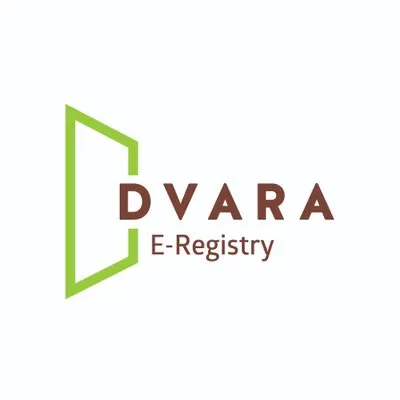Wednesday, 9 July 2025

Image Source: Orissa Diary
India’s agricultural credit architecture has long been biased toward the short-term and the superficial—structured around seasonal cycles, risk-averse banks, and often underpinned by political compulsions. But a quiet revolution is underway. Agri-fintech startup Dvara E-Registry is rewriting the narrative by launching a micro loan against property (Micro LAP) product tailored for smallholders and agri entrepreneurs traditionally left out of secured credit.
This isn’t just a product innovation; it’s a structural intervention.
By enabling small and marginal farmers to unlock value from their immovable assets, Dvara is broadening the spectrum of what agricultural finance can look like. Beyond crop loans and kisan credit cards, Micro LAP offers longer-tenure, asset-backed financing that supports enterprise diversification, capital expenditure, and financial resilience—the kind of debt capital India’s farm economy has sorely lacked.
The timing is no accident. Dvara has just crossed a Rs 150 crore milestone in cumulative disbursements, covering over 33,000 farm loans across 5 states, 50 districts, and 3,000 villages, working closely with 250+ FPOs. Scale is clearly part of the plan.
More importantly, the company is deploying deep tech in rural Bharat. Its KhetScore, a satellite-powered AI credit engine, analyzes farm-level data—from crop health to irrigation—to fill the credit scoring vacuum that plagues rural lending. Meanwhile, Doordrishti, its digital platform, creates a connective tissue between farmers, FPOs, agri-input players, and lenders.
By fusing ground-level intelligence with fintech capability, Dvara is building the infrastructure of trust—something that is both scalable and rooted in local realities.
As India pushes for agri value chain formalization and inclusive rural financialization, innovations like Micro LAP are more than a footnote—they are foundational. They represent a shift from input-centric subsidies to enterprise-oriented capital, from one-size-fits-all lending to contextual financial design.
The question now is whether the larger banking ecosystem—especially public sector banks and NBFCs—will have the vision to plug into such decentralized, tech-first platforms. Because in a future where farmers are entrepreneurs, land is collateral, and AI is underwriting trust, models like Dvara’s won’t just be necessary—they’ll be inevitable.